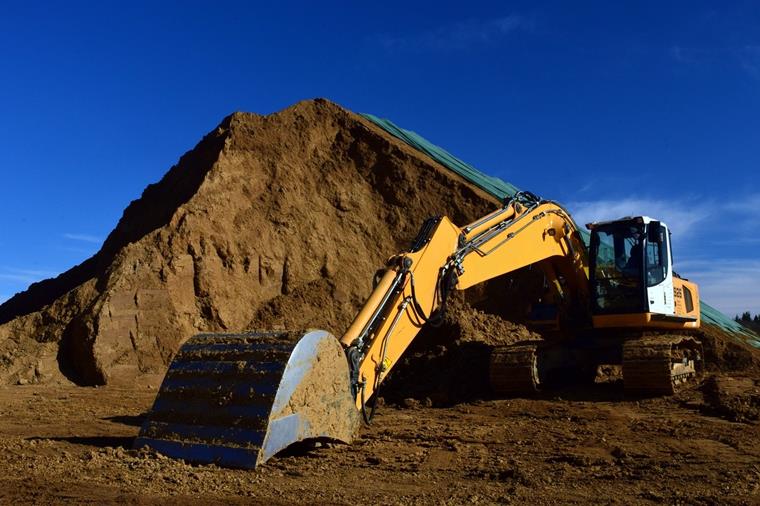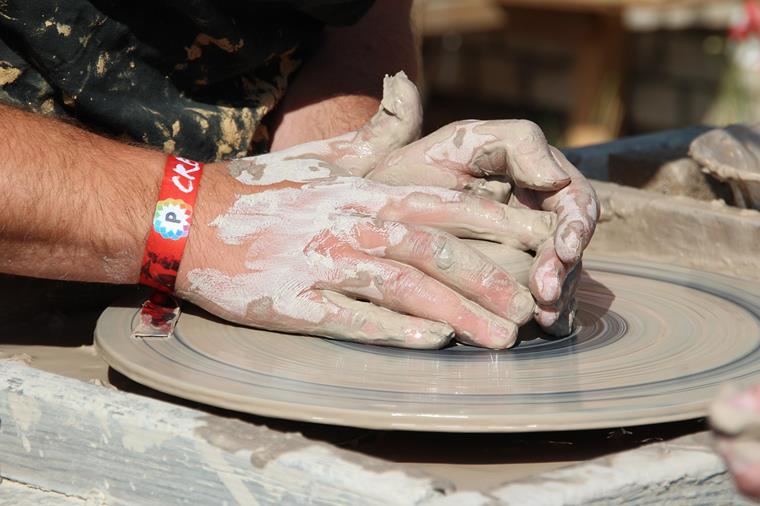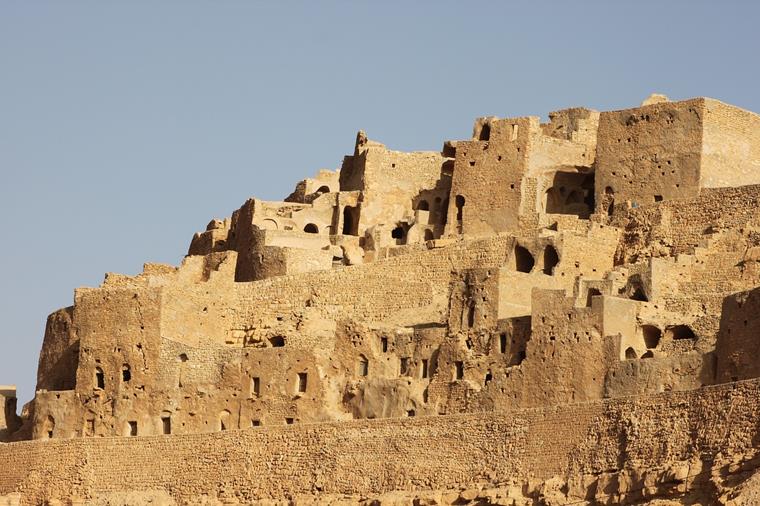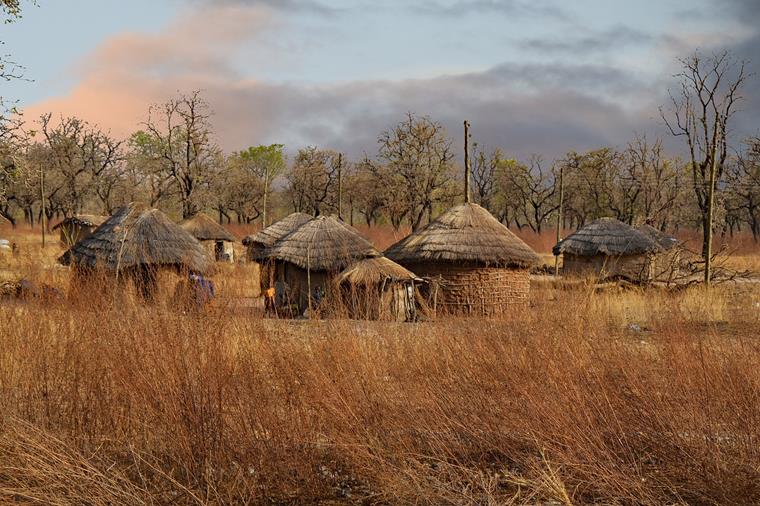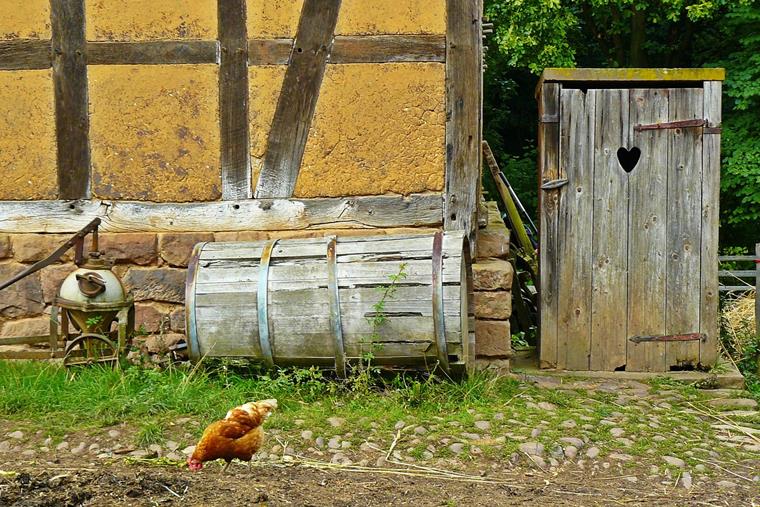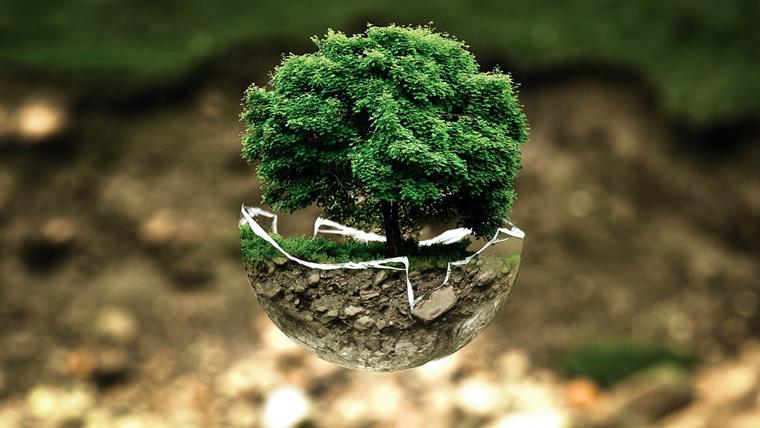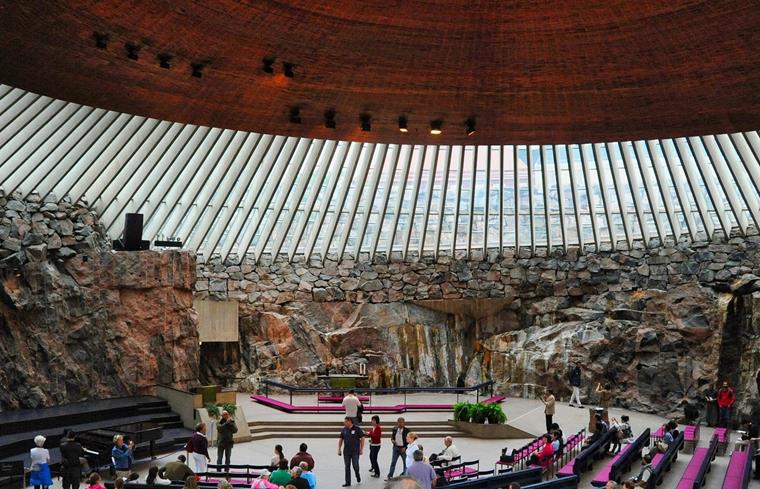More Clay for World and Environment
Stephan Egginger originally studied ecotechnology and energy technology in Austria. Thus, he focused relatively early on alternative energies and energy-efficient structures. He graduated as a building biologist and completed further training as an energy consultant. Quite extensive, we think!
Now, he is the managing director and responsible for sales, organization, and production of building materials. His company is based in Malching (Lower Bavaria) and specializes in the sale of naturally occurring building materials, especially clay. They even mine their own clay and advise on the use of the ancient building material for projects of various sizes.
What is Clay Construction?
In fact, it is a collective term for "construction using clay building materials". Are whole houses made of clay here? Even if this is possible – and also common in many countries – something like this does not necessarily make sense in our part of the world. For example, tamped clay and unfired clay bricks are very suitable for individual walls. Clay is mainly used as a building material in interiors.
There are numerous possible utilizations here, for example:
- Drywall with clay building boards
- Clay plaster
- Clay fill material
- Clay colors
- Other historical clay construction methods (for protected historical monuments)
Properties of Clay as Building Material
Depending on the type of the clay construction, different properties are applied. Clay itself is a very heavy building material, which must be taken into account in the structural analysis; for example, when adding stories to buildings. Furthermore, clay is relatively compression-resistant, depending on which mixture or product is used.
It is also interesting that clay has been shown to improve the indoor climate. The building material is able to absorb large amounts of moisture from the air and slowly release it again. Tarnishing of tiles and windows in the bathroom? With free clay surfaces, this is a thing of the past. In the bedroom, too, this effect means that the air does not appear "musty" or rather "exhausted". Because that also has to do with the air humidity.
Let's stay with the topic of moisture. Stephan explains to us that clay only becomes really solid when it dries out. For processing, it is mixed with water and thus soft. Then it can be applied to the wall as plaster, for example. A special thing about clay is that it does not bind water hydraulically, such as cement. This water escapes from the mixture through evaporation, leaving behind a solid, dry material.
- "The exciting thing is that clay is reversible."
Of course, this remark makes us sit up and take notice, and Stephan goes on to explain it to us. Dried clay can become soft again with the addition of moisture. Thus, it is possible, and quite common, to knock clay plaster from the walls into a bucket and mix it with water to make new clay plaster. This means that clay is fully recyclable!
Since clay is water-soluble, it is not really suitable for outdoor use in our latitudes, of course. As a result, the material would be washed away constantly by rain. Therefore, clay is mainly used for facades, for example, where there is little or practically no rain. In Central Europe, there are very few historical buildings where clay was used outdoors – probably due to a lack of alternatives at that time, Stephan suspects.
- "Clay belongs inside, not outside."
History of Clay Construction
Together with stone and wood, this building material is one of the earliest companions of mankind. Accordingly, clay as a building material has a history that goes back a long way, to our beginnings. A good example of this is the South African round huts, which have always protected their residents from the environment. In Central Europe, many buildings were built using clay until the 1940s. It was only after the Second World War that clay was gradually replaced by more modern building materials.
From around 1960/1970, in particular, a lot of clay panels were removed from our half-timbered houses and replaced with cement. The problem with that?
- "Suddenly, after 10-15 years, more half-timbered houses broke apart than in the three hundred years before."
The reason for this? Relatively simple: The clay removed the moisture from the timber frame and thus preserved it. It just lasted a lot longer, that is, a good 300-400 years, without anything having to be replaced. This is not particularly interesting for new buildings, of course. It has only been around 20 years since clay has been used again for construction, because of its ecological and health properties.
Why is there straw?
Especially in historical buildings, you can often see that straw was mixed with clay. So we ask: Why? Stephan explains that, strictly speaking, clay is a binding agent – similar to lime and cement. Pure clay would tear open when it dries out, and it is also rather poorly insulated. If you want to build ecologically today, you add sand and natural fibers. Chopped straw, for example, gives the clay product a certain tensile strength.
If there is a larger proportion of chopped straw or expanded clay or sawdust, the insulating properties of the clay mixture are significantly improved. In the case of half-timbered houses in particular, such mixtures have therefore been used a lot.
- "Half-timbered houses were, so to speak, low-energy houses of the Middle Ages."
Does clay have a future in modern building?
Here, Stephan says very clearly: Yes! And he also explains why. It is precisely the good properties for the indoor climate that make clay so unique as a building material. Whether in the bathroom or in the bedroom: "Exhaled" air, tarnishing windows and tiles, as well as mold don't even stand a chance here. Clay plaster absorbs moisture very reliably and in large quantities, before slowly releasing it again for hours.
Even if dry air flows into the interior through shock ventilation, clay balances this again to a healthy relative humidity by gradually releasing the stored moisture. In this way, the room climate remains pleasant – within certain limits, a natural air-conditioning system. Therefore, clay is particularly suitable for interior works in residential buildings, schools, or administrative and office buildings.
Clay products only cost a little more than conventional building materials. On the other hand, the processing effort is higher. After all, a clay mixture takes a little longer to dry. Stephan assumes that there are probably only a few companies at the moment that offer clay plaster or similar clay products. However, especially with regard to ecology and sustainability, the trend will certainly go in this direction. Therefore, clay is also becoming increasingly important for larger objects.
Stephan would like to see subsidies from the state for ecological building materials, such as clay, as interior plaster. After all, there is no need to bake clay. So no fossil fuels are used here and there is little or no CO2.
What he views most critically in construction is dismantling and disposal. Clay and other ecological building materials simply have the great advantage over cement and plastics that they can be recycled. For example, he sees great potentiality in the conversion of existing buildings using ecological materials. We can fully agree with that!
Stephan, what is your favorite building?
Like every one of our guests, we finally ask Stephan which building is particularly impressive for him. He does not mention a clay structure. Instead, he has another, very interesting structure in mind.
- "There is the Church of the Rock in Helsinki. It's a really cool building, built into the rock like that."
A very nice choice that we can definitely understand. Thank you for visiting us!
